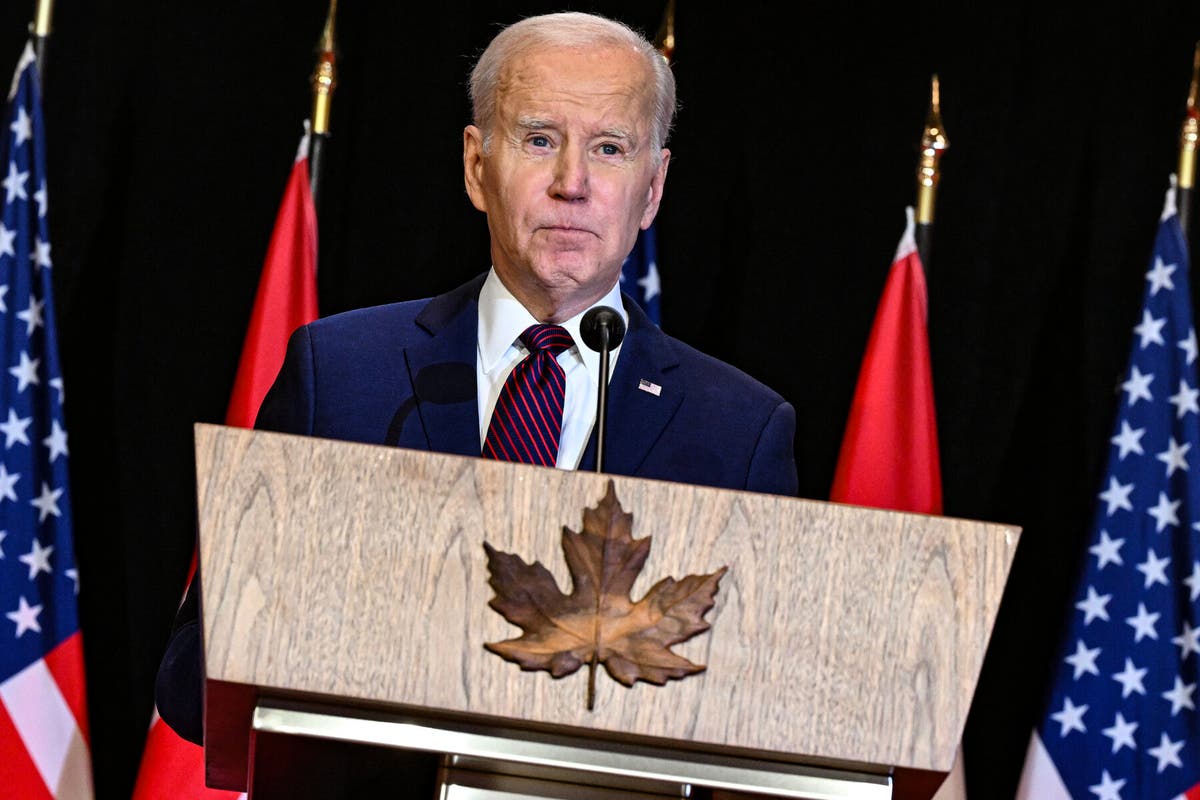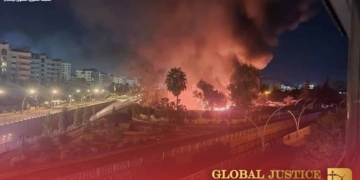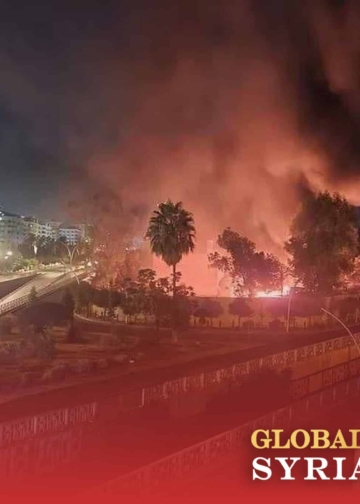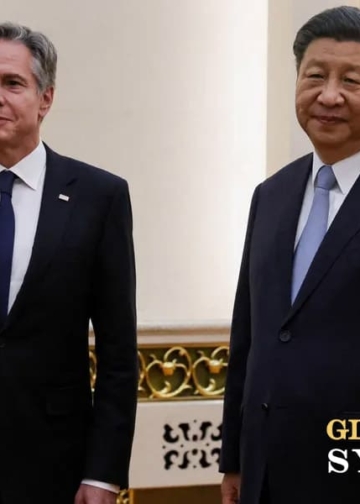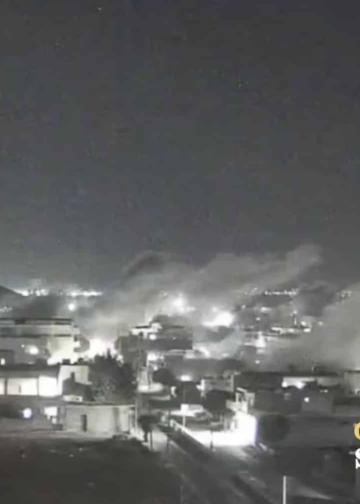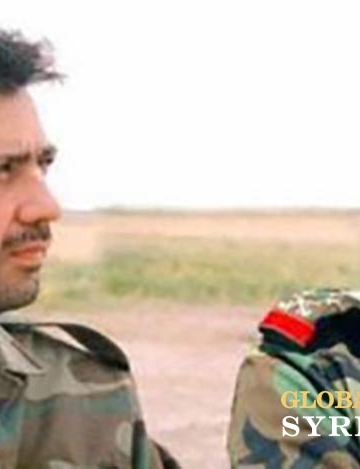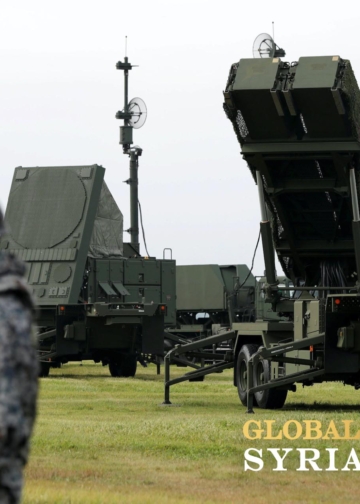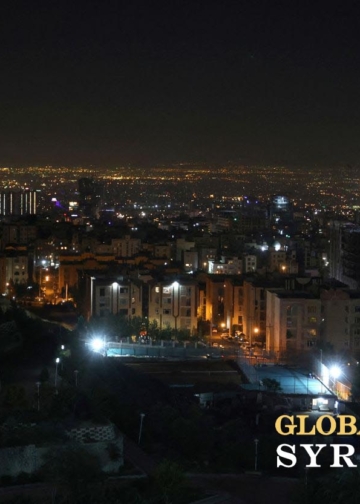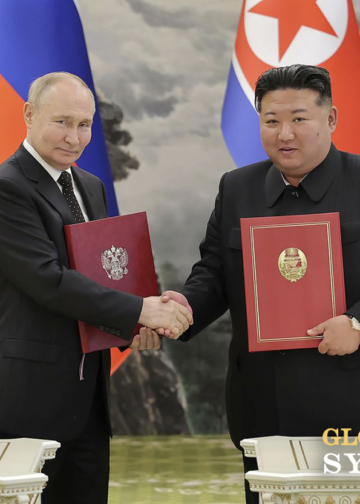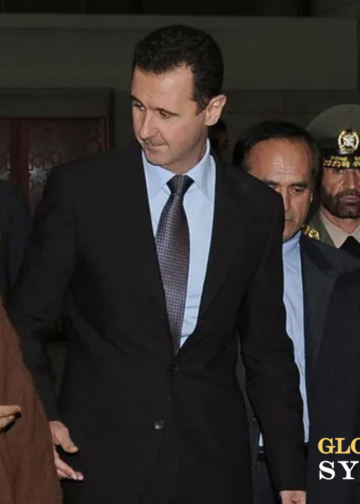By: Eric Schmitt – The New York Times
A few days after an American civilian contractor in Iraq died in a rocket attack by Iran-backed militias in December 2019, President Donald J. Trump retaliated by ordering a drone strike that killed a top Iranian general.
After a U.S. civilian contractor was killed and six other Americans were injured on Thursday in northeast Syria by a drone that U.S. officials said was of “Iranian origin,” President Biden’s response has so far been more restrained.
Two U.S. F-15 E fighter jets retaliated on Thursday by launching airstrikes against militant sites linked to Iran’s Islamic Revolutionary Guards Corps. That prompted Iran-backed militias to launch a volley of rocket and drone attacks on Friday that injured another American.
U.S. warplanes were poised to conduct a second round of reprisal strikes late Friday, but the White House held off, a senior U.S. official said.
On Monday, after a weekend free of fresh militia attacks and full of bad weather in eastern Syria that would have made targeting the insurgents more difficult, Biden administration officials said the military stood ready to respond to any new threats to U.S. personnel.
But they also seemed eager to move on, avoid escalating the back-and-forth strikes into a wider war with Iran and its proxies, and remain focused on the broader mission of helping root out the pockets of Islamic State fighters still carrying out guerrilla attacks in the region.
“We’re going to do what we need to do swiftly and boldly to protect our people and our facilities in Syria,” John F. Kirby, a National Security Council spokesman, told reporters on Monday. “We’re not going to be deterred from continuing to go after this network in Syria.”
America still has more than 900 troops, and hundreds more contractors, in Syria, working with Kurdish fighters to make sure there is no resurgence of the Islamic State, which was ostensibly defeated in 2019 after five years of wreaking havoc across Iraq and Syria.
In the past year alone, Iranian-backed militias have launched dozens of attacks at or near bases where U.S. troops were present.
Mr. Biden had sought to ease fears on Friday that the tit-for-tat strikes between the United States and militant groups could spin out of control, while at the same time warning Tehran to keep its proxies in line.
“Make no mistake, the United States does not, does not, I emphasize, seek conflict with Iran,” Mr. Biden said in Ottawa, where he was making a state visit. “But be prepared for us to act forcefully to protect our people. That’s exactly what happened last night.”
Some analysts raised concerns that the dueling aerial attacks threatened to derail diplomatic efforts to lower tensions across the Middle East, including a recent agreement between rivals Iran and Saudi Arabia to end years of turmoil. The fighting also comes at a time when the administration is grappling with how to help Ukraine in its war with Russia and how to confront a resurgent China.
But some military analysts and former Defense Department officials said on Monday that the administration’s retaliatory strikes would not deter Iran or its proxies and that the White House needed to ramp up the reprisals.
“The current policy of ‘proportional response’ has not ended these unprovoked attacks,” said Michael P. Mulroy, a former top Middle East policy official at the Pentagon. “If you’re going to strike, strike hard.”
That is what Mr. Trump did on Jan. 3, 2020, when he authorized the attack on the Iranian commander. Maj. Gen. Qassim Suleimani, who led the powerful Quds Force of the Islamic Revolutionary Guards Corps, was killed along with several officials from Iraqi militias backed by Tehran when an American MQ-9 Reaper drone fired missiles into a convoy that was leaving the airport in Baghdad.
The strike was a dramatic escalation of Mr. Trump’s growing confrontation with Tehran, which began with the death of an American contractor in Iraq in December 2019.
But that strike did not deter or even temporarily halt attacks on American personnel in Syria and Iraq, as Secretary of State Mike Pompeo and other Trump administration officials predicted it would. Indeed, two months later, two Americans and one other coalition member were killed in a rocket attack on a base in Iraq.
The initial attack on Thursday came as American forces in northeast Syria were on high alert after 78 attacks by Iran-backed militias since January 2021. But a self-destructing drone managed to hit a coalition base anyway, killing the U.S. civilian contractor — a vehicle mechanic whose identity has not been made public — and wounding six other Americans.
Two U.S. officials said on Friday that the main air defense system at the base was “not fully operational” at the time, raising questions about whether the attackers had detected that vulnerability and exploited it or just happened to send the drone at that time, according to people who spoke on the condition of anonymity to discuss the investigation.
Brig. Gen. Patrick S. Ryder, the Pentagon spokesman, said on Friday that the air defense’s radar was working, but he declined to discuss any other details of the system, citing operational security and an investigation by the military’s Central Command.
A senior U.S. official said on Monday that the main radar for the Avenger missile defense system at the base, called RLZ, was not operating because of maintenance problems, and that a backup radar failed to detect the incoming drone that crashed into a maintenance facility.
About 13 hours after the drone attack, the American warplanes hit three targets in eastern Syria used by Iran-backed militias. In response, U.S. officials said, the militias launched three separate rocket or drone attacks at other U.S. bases in eastern Syria, injuring another American.
One of the rockets missed an American facility, called Green Village, by three miles, but struck a house, causing significant damage and injuring two women and two children, the military’s Central Command said in a statement on Friday.
For now, officials said, the administration has not fired back again.



